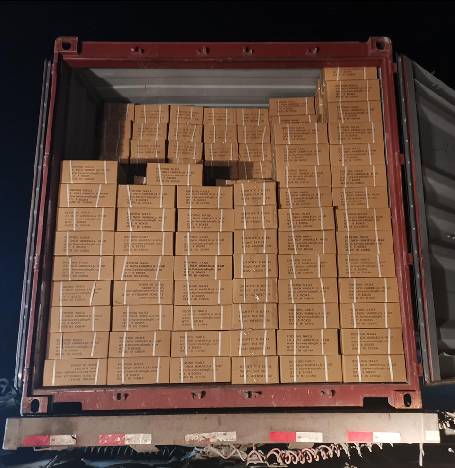Properties and Applications of Heat-Treated Iron Wire in Various Industries and Crafts
The Significance of Annealed Iron Wire in Modern Applications
Annealed iron wire has emerged as a versatile material in various industrial and manufacturing applications. This wire, characterized by its ductility and malleability, is produced through a heat treatment process called annealing, which alters the physical and sometimes chemical properties of the iron, making it more suitable for a multitude of uses. This article explores the processes involved in creating annealed iron wire, its benefits, and its various applications.
Understanding Annealing
Annealing is a heat treatment process that involves heating iron to a specific temperature and then cooling it down slowly. This method serves to reduce internal stresses, dissolve unwanted microstructural features, and improve hardness, ductility, and machinability. In the case of iron wire, the annealing process transforms hard, brittle wire into a more flexible and workable form. This transformation is crucial for manufacturing as it allows the wire to be shaped, drawn, and formed without breaking.
The annealing process typically begins by heating the wire in a furnace to a temperature that is appropriate for the grade of iron used. After remaining at that temperature for a certain period, the wire is then cooled slowly—often in a controlled environment. The rate of cooling is essential as it can affect the final properties of the wire. A slow cooling process leads to the formation of a softer structure that promotes flexibility and ductility.
Benefits of Annealed Iron Wire
The primary advantage of annealed iron wire is its improved ductility and flexibility. This makes it exceedingly useful in applications that require bending, twisting, or shaping without the risk of breaking. Additionally, due to its softer nature, it is easier to work with during manufacturing processes. Other notable benefits include
1. Enhanced Strength While annealing improves ductility, it also maintains a reasonable strength level, making the wire robust enough for various applications without compromising its flexibility. 2. Corrosion Resistance Although iron traditionally has lower corrosion resistance compared to other metals like stainless steel, annealed iron can be coated or treated to improve resistance to rust, thereby extending its lifespan.
3. Cost-Effectiveness Iron, as a base metal, is relatively inexpensive compared to more specialized alloys or materials. The cost-effectiveness of annealed iron wire makes it an attractive choice for manufacturers looking to minimize costs while maintaining quality.
annealed iron wire

Applications of Annealed Iron Wire
The applications of annealed iron wire are vast and varied
. Some of the most common uses include- Construction and Building Annealed iron wire is widely used in construction for tying rebar and creating frameworks for concrete structures. Its flexibility allows for easy handling and installation.
- Manufacturing of Goods In the production of various goods, annealed iron wire serves as a component in the manufacturing of products such as fencing, wire mesh, and craft items. Its pliability makes it ideal for crafting intricate shapes and designs.
- Electrical Applications Due to its conductivity and flexibility, annealed iron wire is often utilized in electrical applications, including the manufacturing of coils and other components in electronic devices.
- Agriculture In agriculture, annealed iron wire is commonly used for fencing, trellising plants, and even in the construction of greenhouses. Its ability to resist breakage while maintaining a lightweight profile is advantageous for agricultural practices.
- Art and Decoration Artists often use annealed iron wire for sculptures and decorative pieces. The wire can be manipulated into various shapes, allowing for creativity and artistic expression.
Conclusion
Annealed iron wire plays a crucial role in modern industry and daily life. Its unique properties—enhanced flexibility, cost-effectiveness, and strength—make it an essential material in a range of applications from construction and manufacturing to agriculture and artistic creation. As technology advances and the demand for versatile materials continues to grow, annealed iron wire stands as a testament to the adaptability and enduring relevance of traditional materials in the modern world.
-
Weather Resistance of Woven Wire and Chicken Wire Fencing MaterialsNewsJun.05,2025
-
Umbrella Nails Innovations in Roofing Fasteners for Wind ResistanceNewsJun.05,2025
-
Modern Barbed Wire Fence Designs for Perimeter ProtectionNewsJun.05,2025
-
How Iron Nail Wire Enhances Nail Strength and Installation EfficiencyNewsJun.05,2025
-
High-Security Razor Fence Solutions for Perimeter ProtectionNewsJun.05,2025
-
Durable Wire Netting Fence Solutions for Animal EnclosuresNewsJun.05,2025




